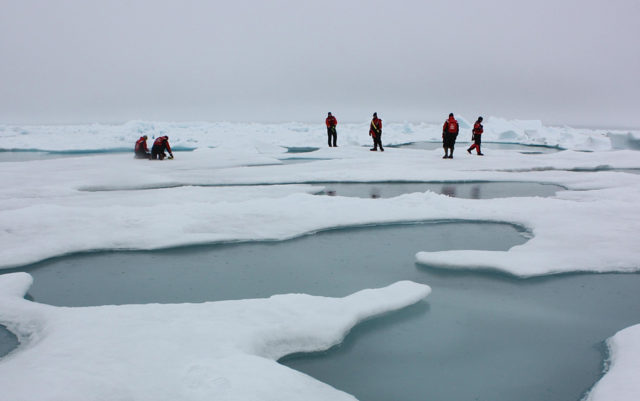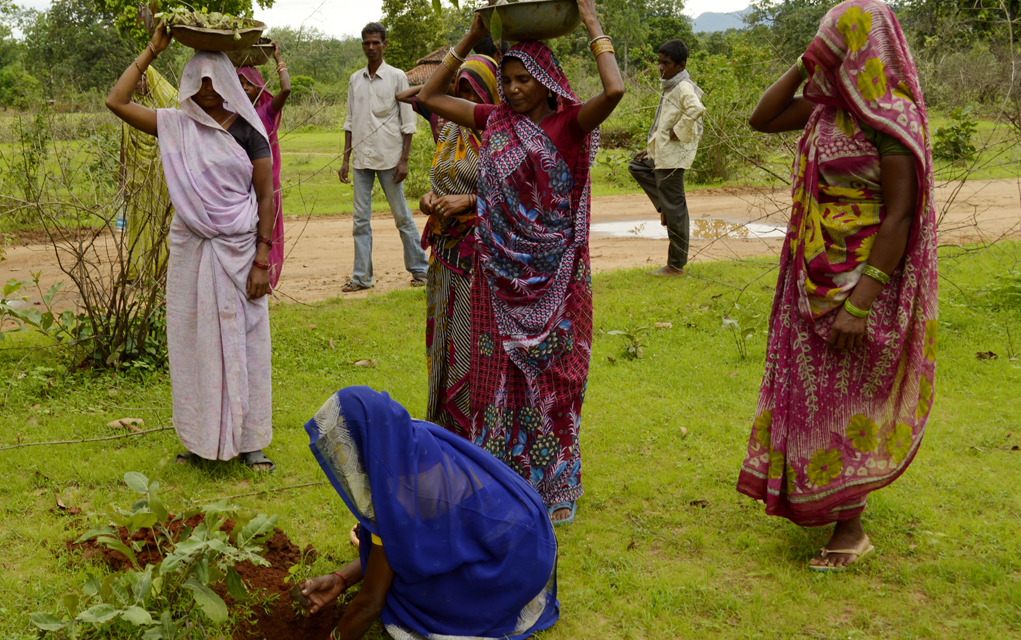
Putting numbers to vanishing ice
A paper published in Geographical Review in July announced the development of a database for all research about sea ice variation. The compilation contains over 150 years of observation data from 14 sources, including vintage maps, ship logs and current satellite studies.
A team of scientists from the Cooperative Institute for Research in Environmental Sciences (CIRES), the National Snow and Ice Data Center (NSIDC) and the International Arctic Research Center are involved in creating the database.
Researchers compiled and synthesized information from a wide range of historical sources to build the database. They took measurements from each month, or averages for those that were missing recordings, connecting data all the way back to 1850. The database confirms that the Artic is losing its ice fast, “unprecedented in both extent and rate,” the report said.
In the past 30 years, more than half a million square miles of ice has disappeared. In recent years, it has been accelerating at a rapid pace, 70 percent faster than usual. Each day areas roughly the size of Maine are melting. The report also mentions a correlation between ice loss and global temperature records each season.
Fighting climate change one sapling at a time

On July 11 more than 800,000 Indian citizens came together for a volunteer project to replant trees, combat climate change and help the world’s second most populous country reach its reforestation goals. The result of 24 hours of leafy labor? A new world record for planting the most trees in one day: almost 50 million.
While validating the event to officially become a Guinness World Record takes a couple months, India’s effort beats the current record by more than 58 times. Three year’s ago Pakistan planted 847,275 trees in a single day.
The tree planting effort is part of the Indian government’s pledge to spend $6.2 billion on reforestation as part of last year’s COP21 Paris agreement. Each of the 49.3 million saplings, from 80 different tree species, was locally nurtured in the state of Uttar Pradesh and planted along public walkways and roads. The trees will be monitored by technology for growth.
India especially needs to combat climate change. A report by the World Health Organization earlier this year lists Indian towns as six of the 10 most air-polluted cities on the planet. This is due in part to mass development in the country, where the population has increased 26 percent in the last 20 years, according to the World Bank.
But the latest tree-planting effort is a step in the right direction. A paper from the U.N.’s Framework Convention on Climate Change about India’s intended contribution reports that tree forest cover has gone up half a percent in the past eight years, to 24 percent of the country’s total land mass. The goal is 33 percent.














